Georg Fischer
Hybrid AI-Physical Modeling for Penetration Bias Correction in X-band InSAR DEMs: A Greenland Case Study
Apr 11, 2025Abstract:Digital elevation models derived from Interferometric Synthetic Aperture Radar (InSAR) data over glacial and snow-covered regions often exhibit systematic elevation errors, commonly termed "penetration bias." We leverage existing physics-based models and propose an integrated correction framework that combines parametric physical modeling with machine learning. We evaluate the approach across three distinct training scenarios - each defined by a different set of acquisition parameters - to assess overall performance and the model's ability to generalize. Our experiments on Greenland's ice sheet using TanDEM-X data show that the proposed hybrid model corrections significantly reduce the mean and standard deviation of DEM errors compared to a purely physical modeling baseline. The hybrid framework also achieves significantly improved generalization than a pure ML approach when trained on data with limited diversity in acquisition parameters.
A High-Level Comparison of Recent Technologies for Massive MIMO Architectures
Dec 22, 2022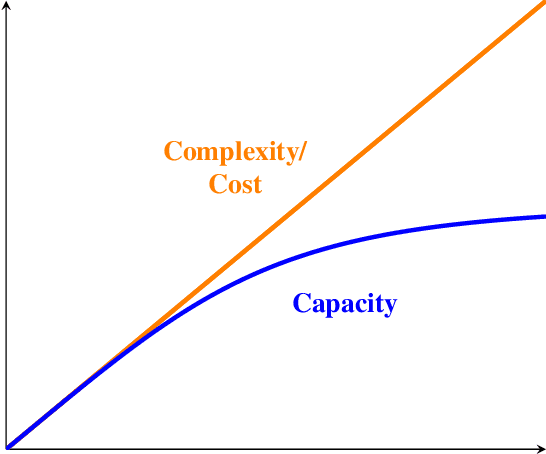
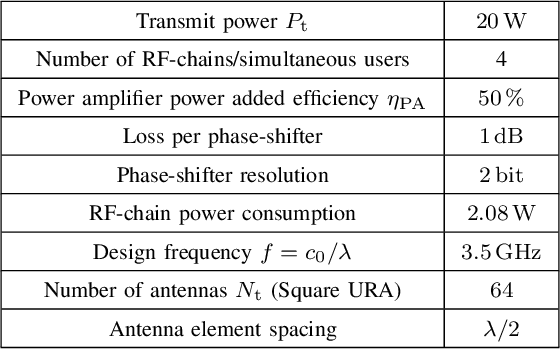


Abstract:Since the introduction of massive MIMO (mMIMO), the design of a transceiver with feasible complexity has been a challenging problem. Initially, it was believed that the main issue in this respect is the overall RF-cost. However, as mMIMO is becoming more and more a key technology for future wireless networks, it is realized, that the RF-cost is only one of many implementational challenges and design trade-offs. In this paper, we present, analyze and compare various novel mMIMO architectures, considering recent emerging technologies such as intelligent surface-assisted and Rotman lens based architectures. These are compared to the conventional fully digital (FD) and hybrid analog-digital beamforming (HADB) approaches. To enable a fair comparison, we account for various hardware imperfections and losses and utilize a novel, universal algorithm for signal precoding. Based on our thorough investigations, we draw a generic efficiency to quality trade-off for various mMIMO architectures. We find that in a typical cellular communication setting the reflect/transmit array based architectures sketch the best overall trade-off. Further, we show that in a qualitative ranking the power efficiency of the considered architectures is independent of the frequency range.
Two Efficient and Easy-to-Use NLOS Mitigation Solutions to Indoor 3-D AOA-Based Localization
Aug 13, 2021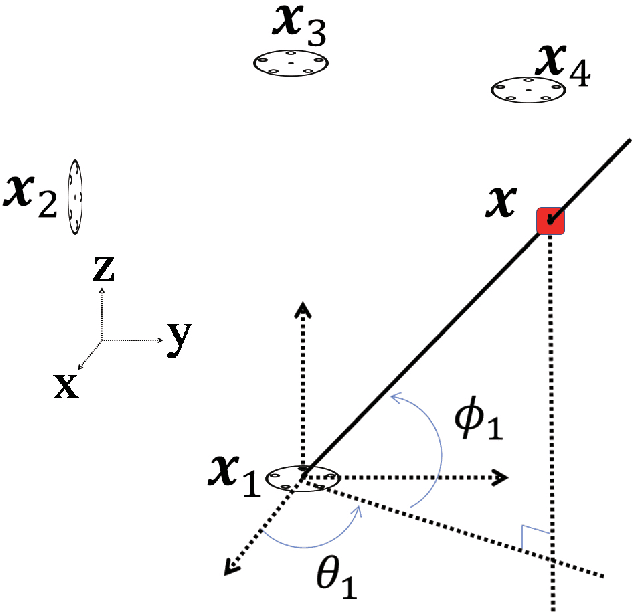
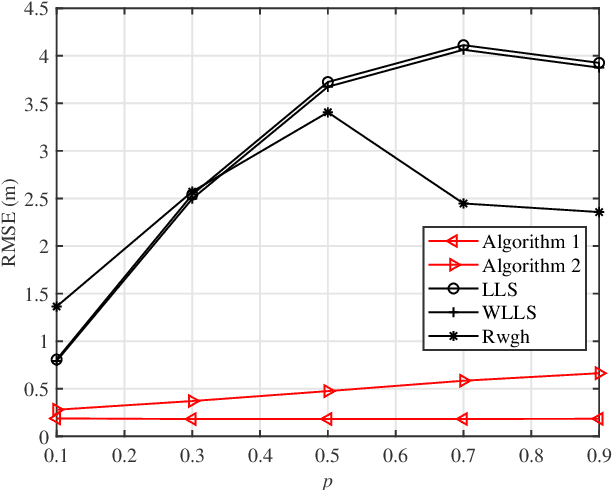
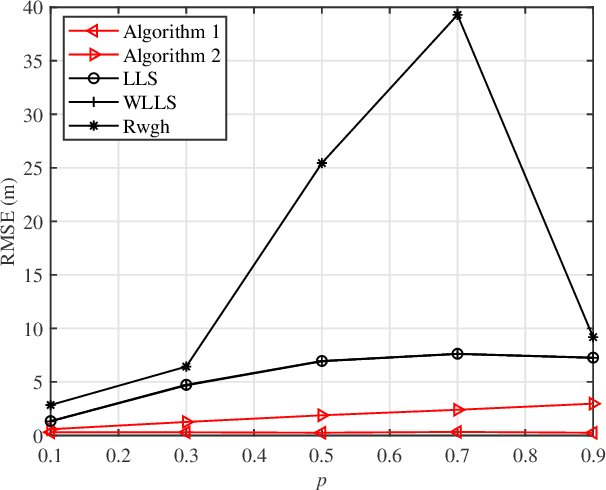
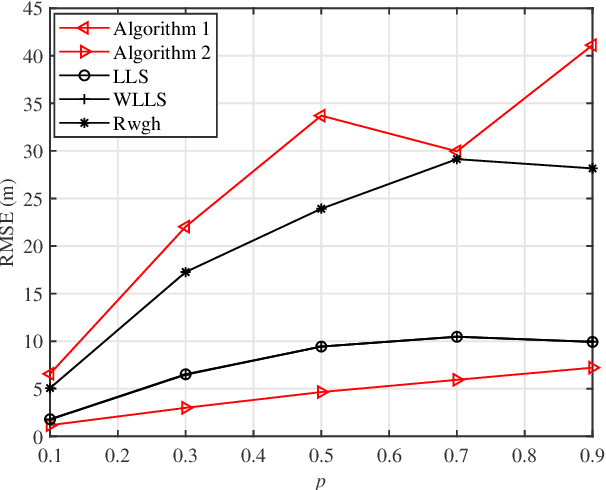
Abstract:This paper proposes two efficient and easy-to-use error mitigation solutions to the problem of three-dimensional (3-D) angle-of-arrival (AOA) source localization in the mixed line-of-sight (LOS) and non-line-of-sight (NLOS) indoor environments. A weighted linear least squares estimator is derived first for the LOS AOA components in terms of the direction vectors of arrival, albeit in a sub-optimal manner. Next, data selection exploiting the sum of squared residuals is carried out to discard the error-prone NLOS connections. In so doing, the first approach is constituted and more accurate closed-form location estimates can be obtained. The second method applies a simulated annealing stochastic framework to realize the robust $\ell_1$-minimization criterion, which therefore falls into the methodology of statistical robustification. Computer simulations and ultrasonic onsite experiments are conducted to evaluate the performance of the two proposed methods, demonstrating their outstanding positioning results in the respective scenarios.
 Add to Chrome
Add to Chrome Add to Firefox
Add to Firefox Add to Edge
Add to Edge